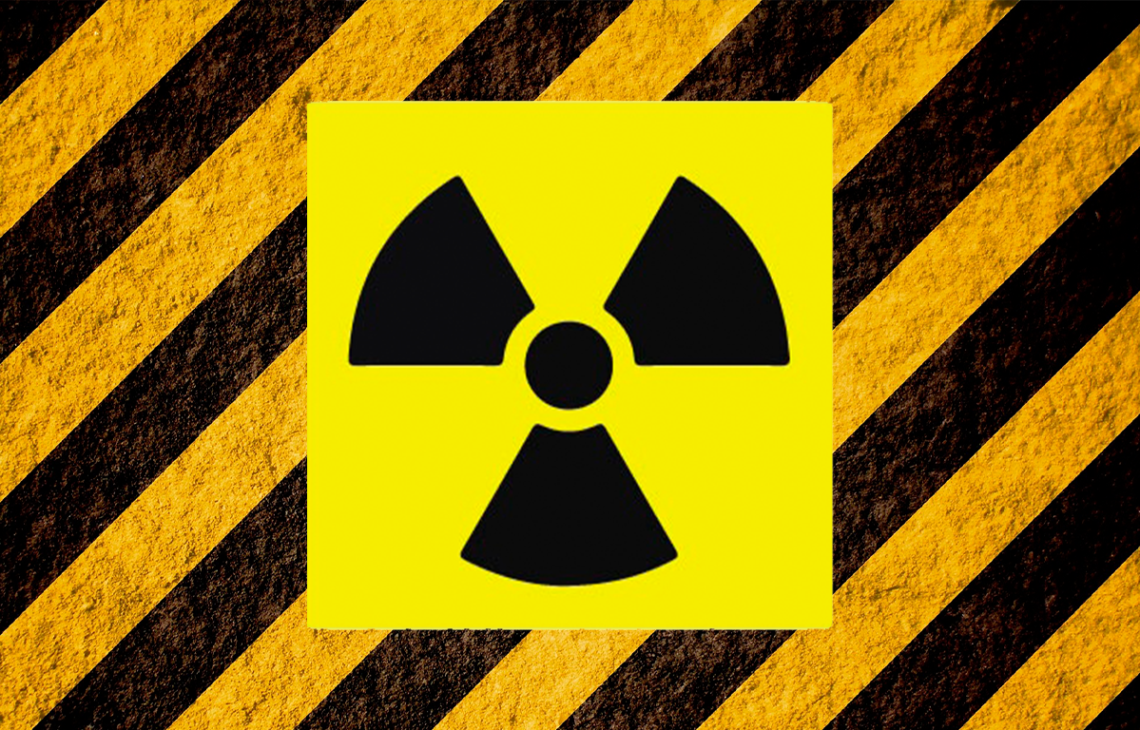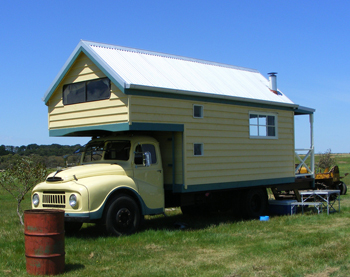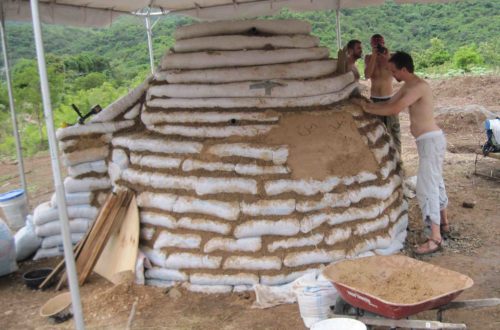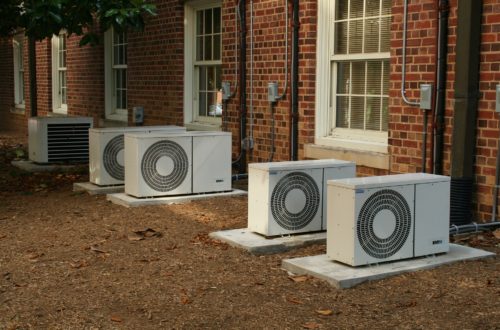It’s on telev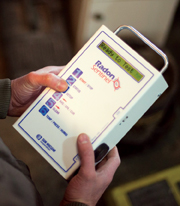 ision. It’s in the newspapers. It’s on billboards.
ision. It’s in the newspapers. It’s on billboards.
Radon.
Portland, Vancouver, Salem, and points between have a radon issue–one that has been here for thousands of years–and one that is not going away. The soil in the Willamette Valley, much of Clark County, and up and down the Columbia River Gorge contains granite, Ice Age material brought down the Columbia River from western Montana and northern Idaho during the Great Missoula Floods between 10,000 and 12,000 years ago. This rock is found as sand, gravel, cobblestones, and even boulders. Mixed into the upper layers of our soil, this material contains uranium, which breaks down naturally and produces radon gas.
Radioactive, colorless, invisible, and with no smell, radon is drawn upward into our homes (regardless of the architectural style, age of the home, or foundation type) by the relatively low pressure found in the structure above (think of the house acting like a big chimney). The only way to know you have a significant issue is to test your home, which may be accomplished with an inexpensive, easy-to-use kit purchased at your local hardware store. Some houses will test low, others moderate, while still others will be quite high.
So why all the fuss?
Almost 40 years ago, medical research began to connect long-term exposure to high levels of radon with the development of lung cancer. Today, the American Lung Association, American Cancer Society, Office of the Surgeon General, Environmental Protection Agency, and World Health Organization have each acknowledged the significant risk which radon poses. An estimated 22,000 fatalities are attributed annually to long-term radon exposure in the United States alone. Radon is now the second leading cause of lung cancer, behind only cigarette smoking, and is the leading cause of lung cancer for non-smokers.
In 2005, seven significant case studies in New Jersey, Missouri, Iowa, Connecticut, Utah and Winnipeg, assessing 3,662 cases of lung cancer, confirmed the radon health risks predicted years earlier by occupational studies of underground miners. Researchers had questioned if the older occupational studies could be used to calculate risks from exposure to radon in homes. “These findings effectively end any doubts about the risks to Americans of having radon in their homes,” said Tom Kelly, former director of EPA’s Indoor Environments Division. “We know that radon is a carcinogen. This research confirms that breathing low levels of radon can lead to lung cancer.”
22,000 deaths a year, attributed to radon exposure. For context, 3,300 fatalities were a result of distracted driving, whether texting or using a mobile phone, in 2012.
What can be done about radon?
First and foremost, testing your house is a simple process. For under $30, a short-term test (from 2-5 days in length) can be performed, including shipping, laboratory analysis, and reporting. Based upon the report, a homeowner can then make an informed decision whether to seek out a certified mitigation firm. Each state maintains a list of currently certified companies. In Oregon, contact the Public Health Division’s Radon Program at (971) 673-0440, while the Washington State Department of Health’s Radon Program may be reached at (360) 236-3253.
Mitigation involves installing a system to counteract the house’s upward influence on radon. No one can stop the soil under a home from naturally producing this gas, but what can be changed is the path radon takes. A depr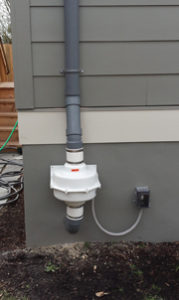 essurization system will “hold” the gas beneath the house, draw it to a collection point (typically a small well excavated beneath the basement slab or in a crawlspace), then vent it to the exterior of the house and to above the roofline (preventing re-entry through a nearby open window). Post-installation testing will confirm a system has successfully lowered the radon levels in the home.
essurization system will “hold” the gas beneath the house, draw it to a collection point (typically a small well excavated beneath the basement slab or in a crawlspace), then vent it to the exterior of the house and to above the roofline (preventing re-entry through a nearby open window). Post-installation testing will confirm a system has successfully lowered the radon levels in the home.
For most single family homes, such a system will cost between $1,500 and $2,000. It is a permanent, year-round solution, and EPA’s preferred approach to the problem (as opposed to merely ventilating the home by keeping windows cracked open, or placing a fan in the basement).
For many property owners, they only learn about radon when they place their home on the market. A growing number of home inspectors are including radon testing as part of their services, and real estate agents–increasingly aware of radon–are frequently encouraging buyers to have homes tested. In many cases, a high test (above the EPA Action Level of 4.0 picocuries, a measurement of radiation) will spur a buyer to ask the seller to “fix” the house prior to the close of escrow.
Radon. It’s a problem in Hood River, Camas, Gresham, Lake Oswego, Silverton, Corvallis, and all points between. Not all homes will test high, or even be at moderate levels. Any given house can test low, even when the neighbor across the street tested their home and found it to be moderate or high. The accumulation of Missoula Flood granite in a neighborhood can vary tremendously, literally from one property to the next. It’s a bit like “geologic roulette,” which is why testing is so critical. Both EPA and the Surgeon General’s Office recommend every home be tested for radon, regardless of location.
There’s an adage in the radon profession: if it smelled like sulphur, and was orange or purple as it entered a home, people would be immediately concerned and spurred to act, just as they are when there’s a leak from a natural gas appliance. But radon doesn’t smell like sulphur.
Test your home, protect your family’s health.
Jim Bittner is the Sales & Marketing Manager for Cascade Radon. Reach him at 360-721-3967 or 503-421-4813
Photos Courtesy Cascade Radon

